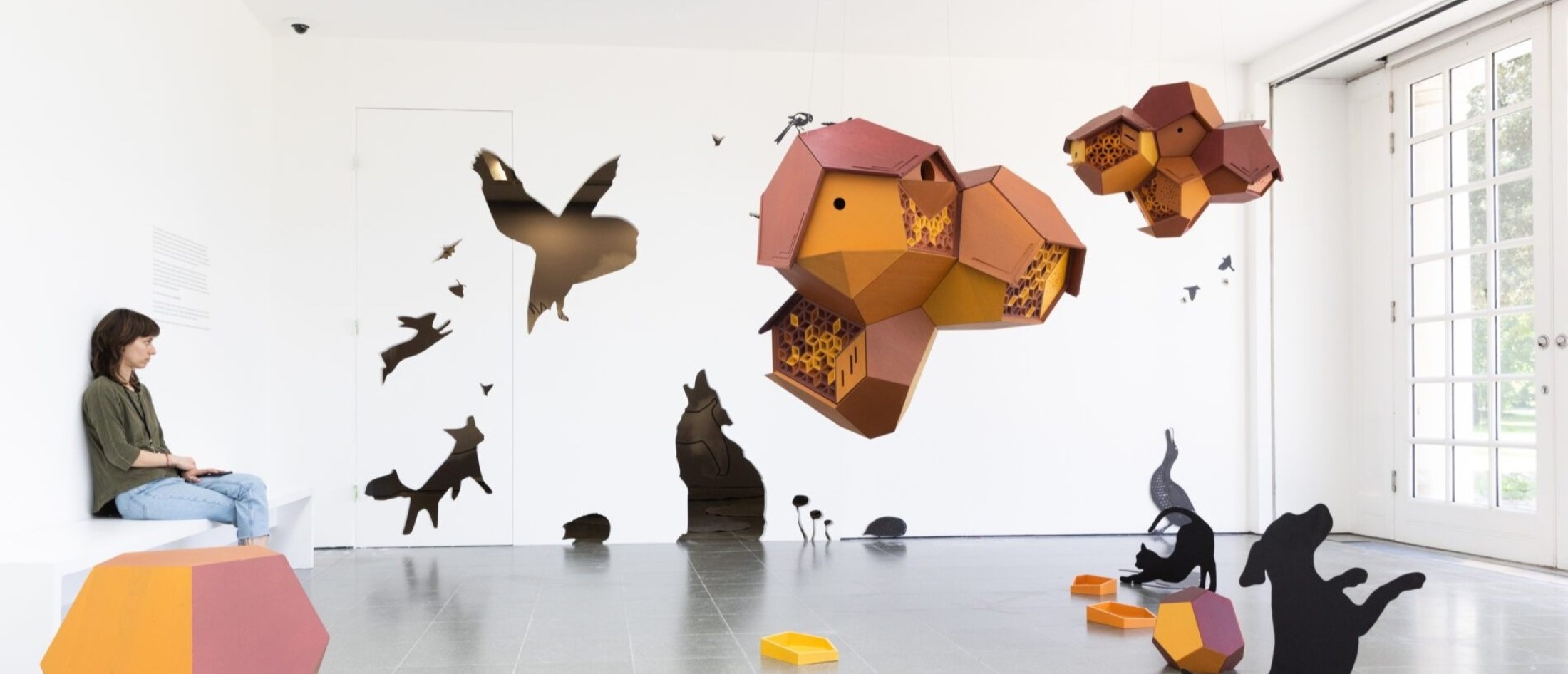
Q&A with Tomás Saraceno: “It is our behaviour that needs to change, not the climate.”
Berlin-based Argentine artist Tomás Saraceno (b. 1973), whose first UK solo exhibition Web(s) of Life inaugurated recently at the Serpentine Gallery in London and runs until September 10, 2023, tells us about the need to change our habits rather than the climate, the role of art in fighting climate change and how he thinks we can drive the necessary transition towards a more sustainable world.
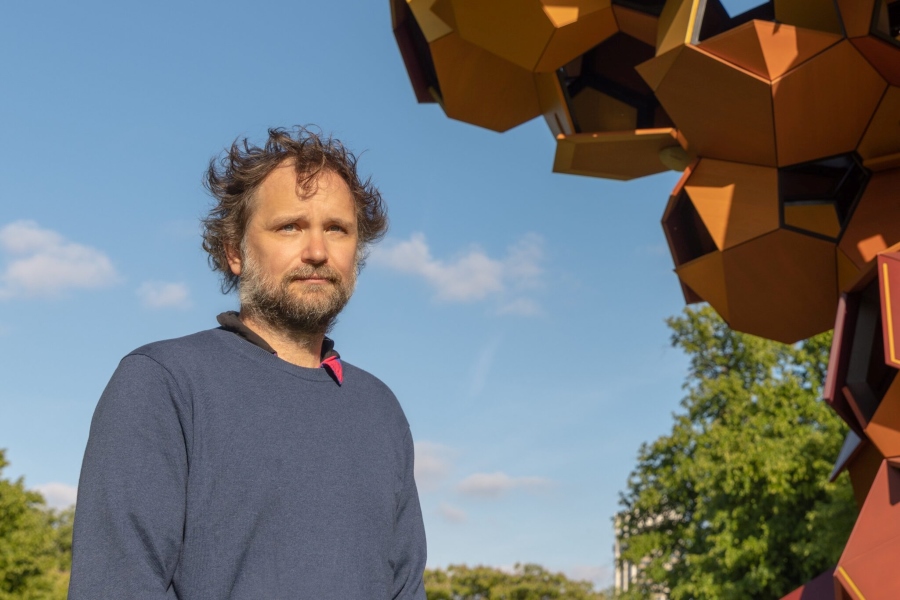 Portrait of Tomás Saraceno by Dario J Laganà © Photography by Studio Tomás Saraceno, 2023
Portrait of Tomás Saraceno by Dario J Laganà © Photography by Studio Tomás Saraceno, 2023The show relies solely on solar power, which means the gallery will often have to shut down. How will the show be affected and is this an important part of your statement on climate change?
Weather dependency is really at the heart of Web(s) of Life, and is a statement about how we need to change our habits, not the climate. With energy scarce, the air conditioning will be off, triggering the performance for both visitors and staff: If it is very hot, we urge the gallery staff to work slower or take a break. If there is no energy to power the video projector, we encourage visitors to go outside and enjoy the weather. What we hope to achieve with this weather-dependent installation is to demonstrate to visitors that these are not limitations or inconveniences, but conditions that gesture to our inescapable and necessary connectedness with other beings and places. One movement sends vibrations through the whole web. We do not act as individuals but as part of a global ecosystem.
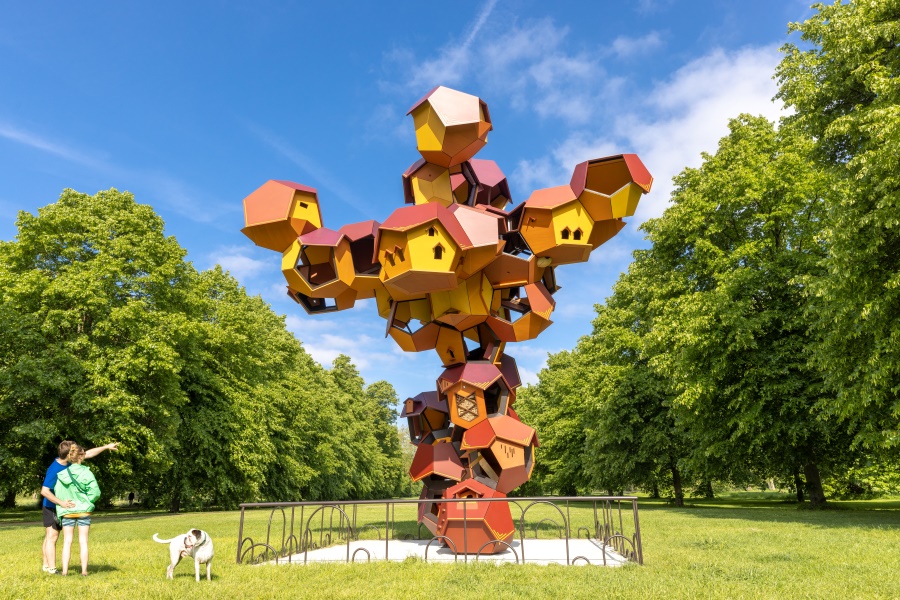 Cloud Cities: Species of Spaces and Other Pieces*, 2023. Installation view at Tomás Saraceno In Collaboration: Web(s) of Life, Serpentine, London, 2023. Photography by Studio Tomás Saraceno
Cloud Cities: Species of Spaces and Other Pieces*, 2023. Installation view at Tomás Saraceno In Collaboration: Web(s) of Life, Serpentine, London, 2023. Photography by Studio Tomás SaracenoHow has the transition to becoming weather-dependent in the Aerocene era influenced the design and concept of the Web(s) of Life exhibition?
For over 20 years, in the Aerocene era, we have been learning to become weather-dependent, working with the sun and winds, attuning to Earth's shifting weather patterns, rather than trying to overcome them. Continuing this trajectory, Web(s) of Life is wholly reliant on solar power from newly installed 27.6m2 panels on the Serpentine’s roof, enabling a peak production of up to 5.6 kWh in one hour during sunny days. Depending on the weather, the exhibition may enter different modes — sunny, partly sunny, and cloudy – leading certain installations to switch off, dim down, or run at a lower frequency. In heat wave mode, the indoor galleries will be partially closed to humans, who are invited to join other participants, such as birds, spiders, bees, and squirrels in enjoying the multispecies sculptures spilling out of the west wing of the gallery and into the park.
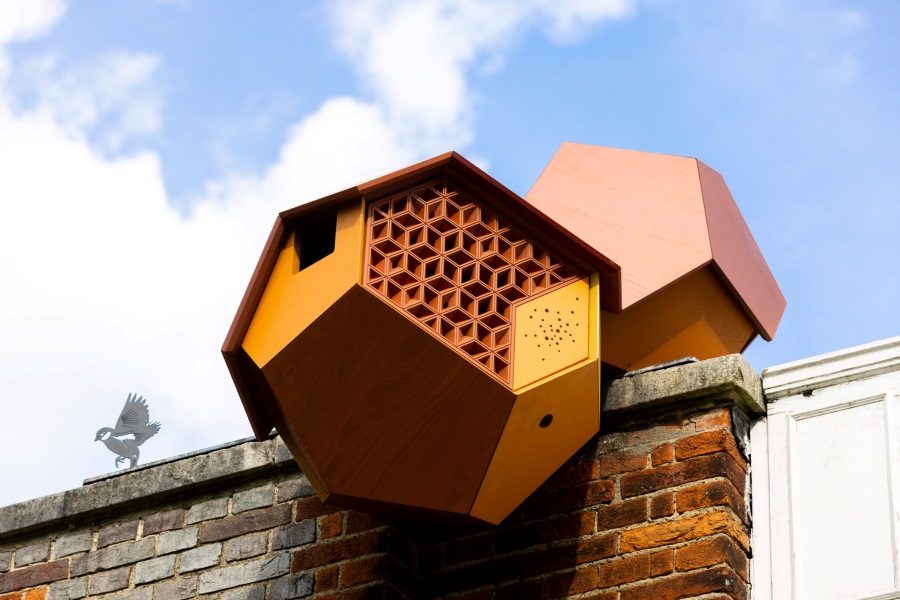 Cloud Cities: Species of Spaces and Other Pieces*, 2023. Installation view at Tomás Saraceno In Collaboration: Web(s) of Life, Serpentine, London, 2023. Photography by Studio Tomás Saraceno
Cloud Cities: Species of Spaces and Other Pieces*, 2023. Installation view at Tomás Saraceno In Collaboration: Web(s) of Life, Serpentine, London, 2023. Photography by Studio Tomás SaracenoYou’re known for reflecting on the ways we inhabit the earth, and you’ve embarked on ambitious projects like a solar-powered balloon powered solely by the sun and air which you flew over a salt lake in Argentina, which we can see in a film at the show. Can you tell us about the role of art to fight climate change?
Although we are really excited to be running this show with solar power, we know that transitioning to renewables is not enough. An ecosocial energy transition must consist of the degrowth of rich nations: we need to scale down to sustainable levels and reduce our energy consumption. This must start with both individuals and institutions alike recognising our interconnectedness with the climate. Knowing that the air conditioning is switched off, the show is set to consume less energy than it produces, feeding the surplus into the national grid during the three-month duration. Of course, no energy is clean, but by generating power for the exhibition on site, its various costs — monetary, social, and ecological — become more tangible. The performance turns the exhibition into a living organism that sleeps and breathes, overheats and quiets down, and asks us all to follow. To affect an ecosocial transition — as outlined in the Manifesto for an Eco Social Energy Transition by the Peoples of the South — it is our behaviour that needs to change, not the climate.
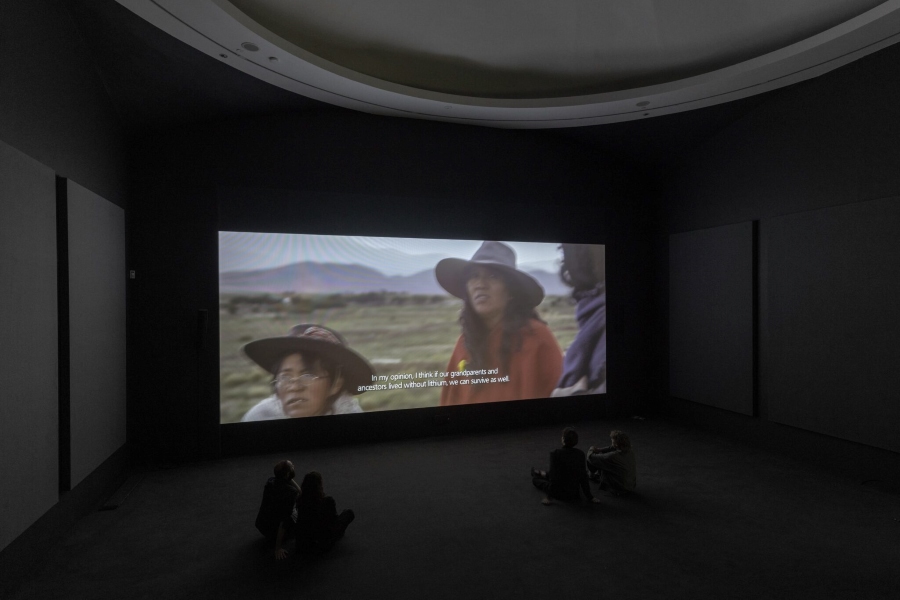 Tomás Saraceno In Collaboration: Web(s) of Life, Serpentine, London, 2023. Photography by Studio Tomás Saraceno
Tomás Saraceno In Collaboration: Web(s) of Life, Serpentine, London, 2023. Photography by Studio Tomás Saraceno